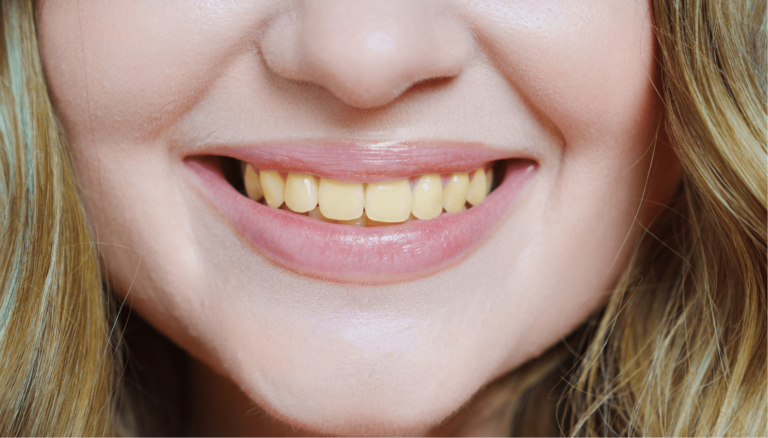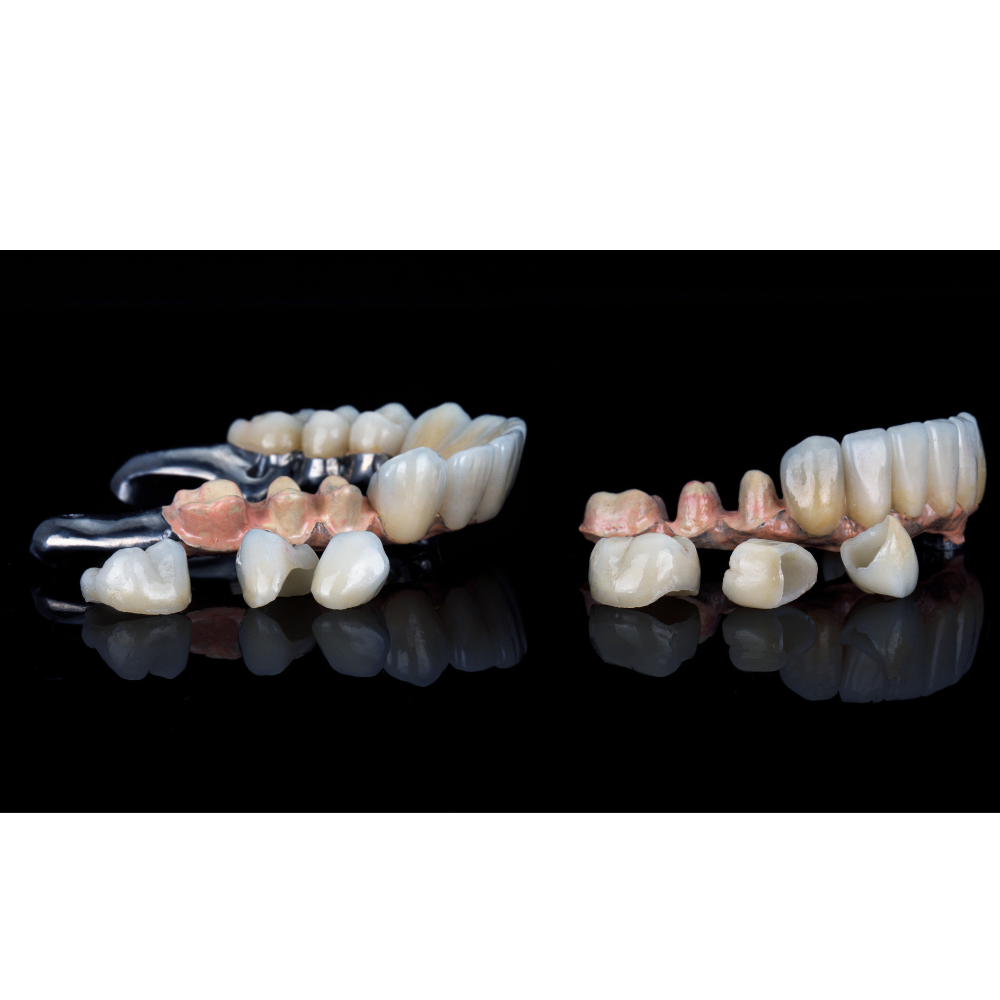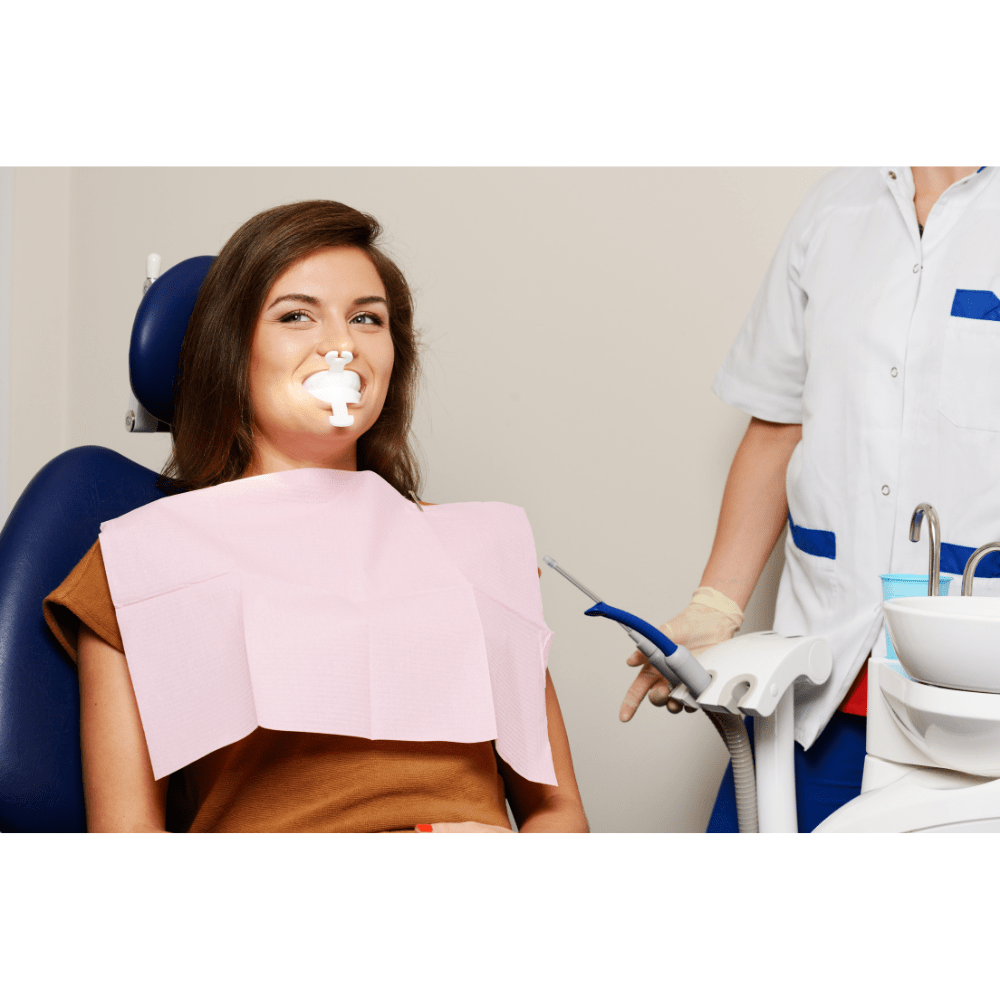Iron And Teeth Staining | Know The Causes, Symptoms, And Treatments
Noticing a change in the color of your teeth can be alarming especially when it comes without an obvious cause. One lesser-known factor that might be at play is iron. Iron can sometimes leave an unexpected mark on your dental health, whether from supplements or certain foods. Iron-stained teeth can affect your teeth’ appearance and your confidence in your smile.
Relation Between Iron Supplements And Teeth Staining
- Liquid iron supplements can cause dark spots or discoloration on teeth.
- Regular consumption of iron-rich foods can lead to gradual teeth staining.
- Some iron-containing medications contribute to tooth discoloration.
- Iron-related stains affect the outer layer of teeth and can be managed with proper oral hygiene.
- Using a straw for liquid supplements and maintaining good oral hygiene can reduce staining.
- Dentists can remove iron stains through professional cleanings.
What Causes Iron Stained Teeth?
Iron supplements containing ferrous sulfate react with compounds in your saliva. This reaction creates dark-colored deposits like iron sulfide that result in iron-stained teeth. It has a black appearance and readily adheres to tooth enamel. Iron oxide can be brown or black and also sticks to tooth enamel and causes discoloration.
Liquid iron supplements pose a higher risk of staining compared to capsules. The liquid has more contact time with teeth, which increases the chance of iron deposits forming.
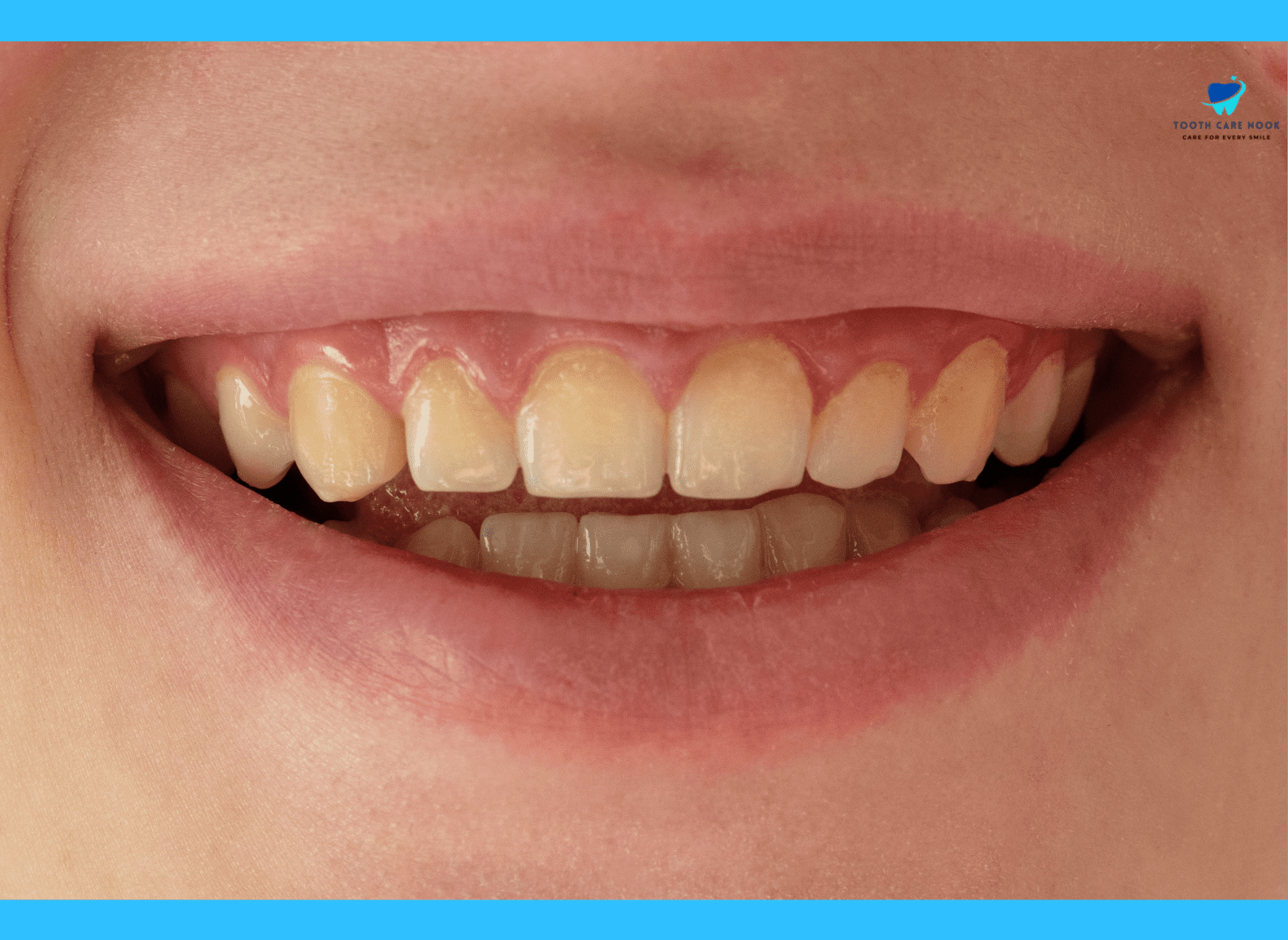
How Iron Deposits On Teeth Form?
Absorption in Intestines:
The iron in the supplement dissolves in your stomach when you take an iron supplement. A small portion of the dissolved iron gets absorbed into your bloodstream for essential bodily functions. Some of the unabsorbed iron ends up in your saliva through the digestive process.
Iron and Sulfide Compounds:
The iron in your saliva reacts with compounds like hydrogen sulfide produced by bacteria in your mouth. This reaction forms iron sulfide, a black-colored compound. Iron can also react with oxygen in your saliva to create iron oxide, another dark-colored compound.
Sticking to Enamel:
Both iron sulfide and iron oxide are highly adhesive. They readily cling to the microscopic pores and imperfections on the surface of your tooth enamel.
Accumulation and Staining:
Over time, with continued iron intake and insufficient removal, these iron deposits accumulate on the tooth surface, causing visible brown or black stains.
Side Effects Of Iron Supplements On Teeth
Tooth Sensitivity:
More use of iron supplements might lead to increased tooth sensitivity. The acidic nature of some iron formulations can wear down enamel over time. This exposes the sensitive inner layers of the teeth.
Plaque Build-Up:
Iron can contribute to plaque build-up on teeth. The mineral can interact with saliva and bacteria which leads to a sticky film that harbors additional bacteria and can exacerbate oral hygiene issues.
Metallic Taste:
Users of iron supplements often report a metallic taste in their mouth. This taste can linger and affect the overall taste perception of foods and beverages.
Stomach Upset:
Iron can irritate the digestive system. It leads to nausea, constipation, or diarrhea. Must go to the doctor if these persist.
How To Remove Iron Stains From Teeth?
Whitening Toothpaste:
Use a whitening toothpaste that contains mild abrasives. These toothpastes can help reduce surface stains over time. Look for products approved by the American Dental Association for best results.
Baking Soda Paste:
Brush your teeth with a baking soda paste. Mix a small amount of baking soda with water to create a paste, and brush your teeth gently with it. Baking soda is a mild abrasive that can help lift stains.
Hydrogen Peroxide Rinse:
Use a hydrogen peroxide rinse. Dilute hydrogen peroxide with an equal amount of water and swish it around in your mouth for a minute or two before brushing. Hydrogen peroxide is a mild bleaching agent that can help remove stains.
Over-the-Counter Whitening Products:
Consider over-the-counter whitening products such as whitening strips or gels. These products contain bleaching agents that can help to clean iron-stained teeth. Follow the instructions carefully to avoid overuse.
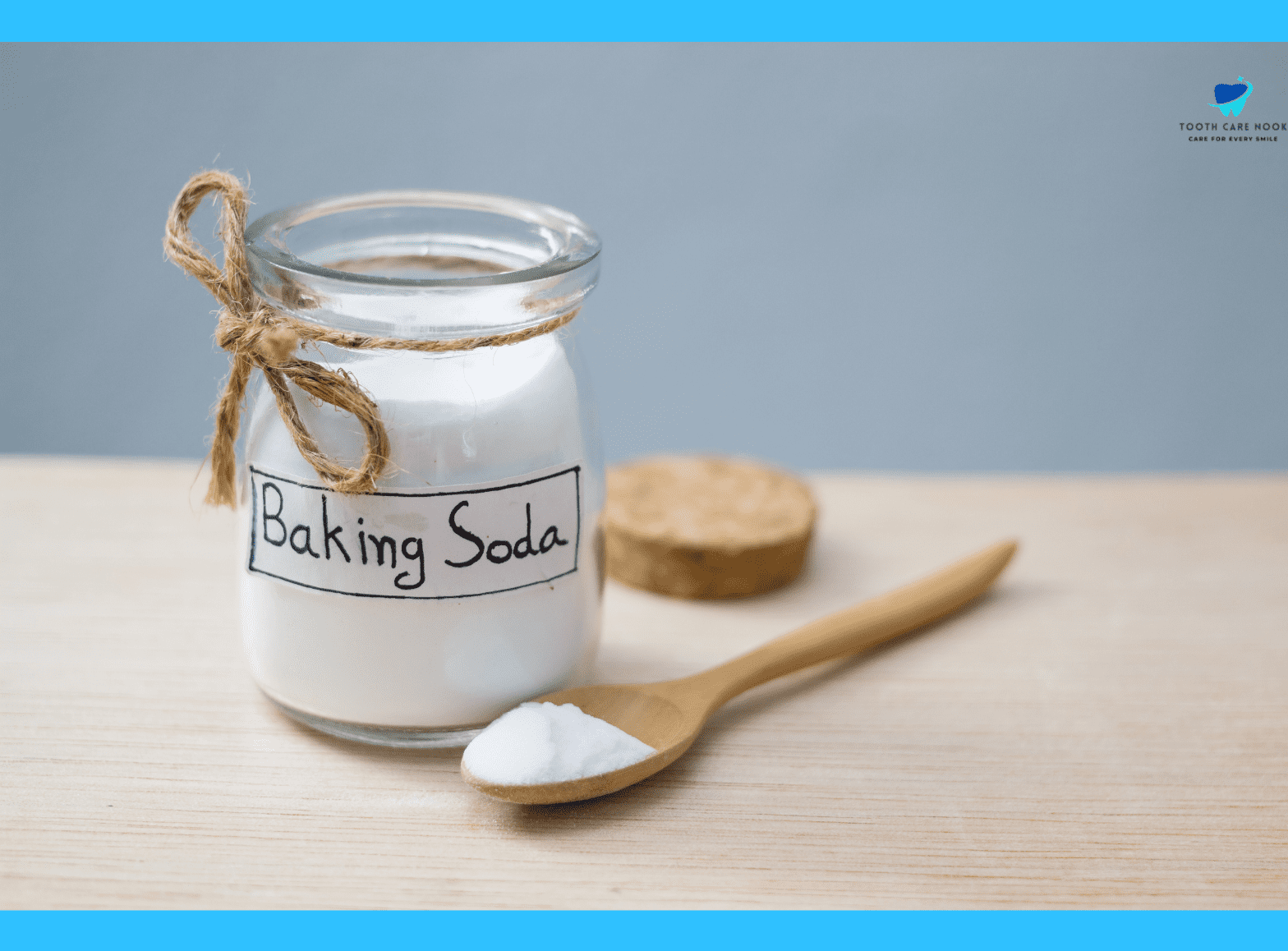
FAQs
Does Everyone Who Takes Iron Supplements Experience Teeth Staining?
No, not everyone experiences teeth staining from iron supplements. But it’s a common side effect with high doses, long-term use, or poor oral hygiene.
Does Floradix Stain Teeth?
Yes, there’s a higher risk of staining with Floradix compared to capsules. Floradix is a liquid iron supplement and liquid forms tend to stain more than capsules because they have more contact time with your teeth.
Can Iron Supplements Cause Tooth Discoloration?
Yes, absolutely. Iron reacts with compounds in your saliva to form dark-colored deposits that stick to your tooth enamel. They cause brown or black discoloration.
Is There Iron In Teeth?
Trace amounts of minerals like iron are naturally present in teeth. However, this isn’t the main cause of staining from iron supplements. The staining comes from the additional iron you ingest that reacts with your saliva.
Can Toothpaste Remove Iron Stains?
Regular toothpaste might not be strong enough to remove deep iron stains. You should maintain good oral hygiene by brushing and flossing regularly. This will help you remove some surface-level iron deposits before they stain. For deep stains, professional dental cleaning is the most effective option.

